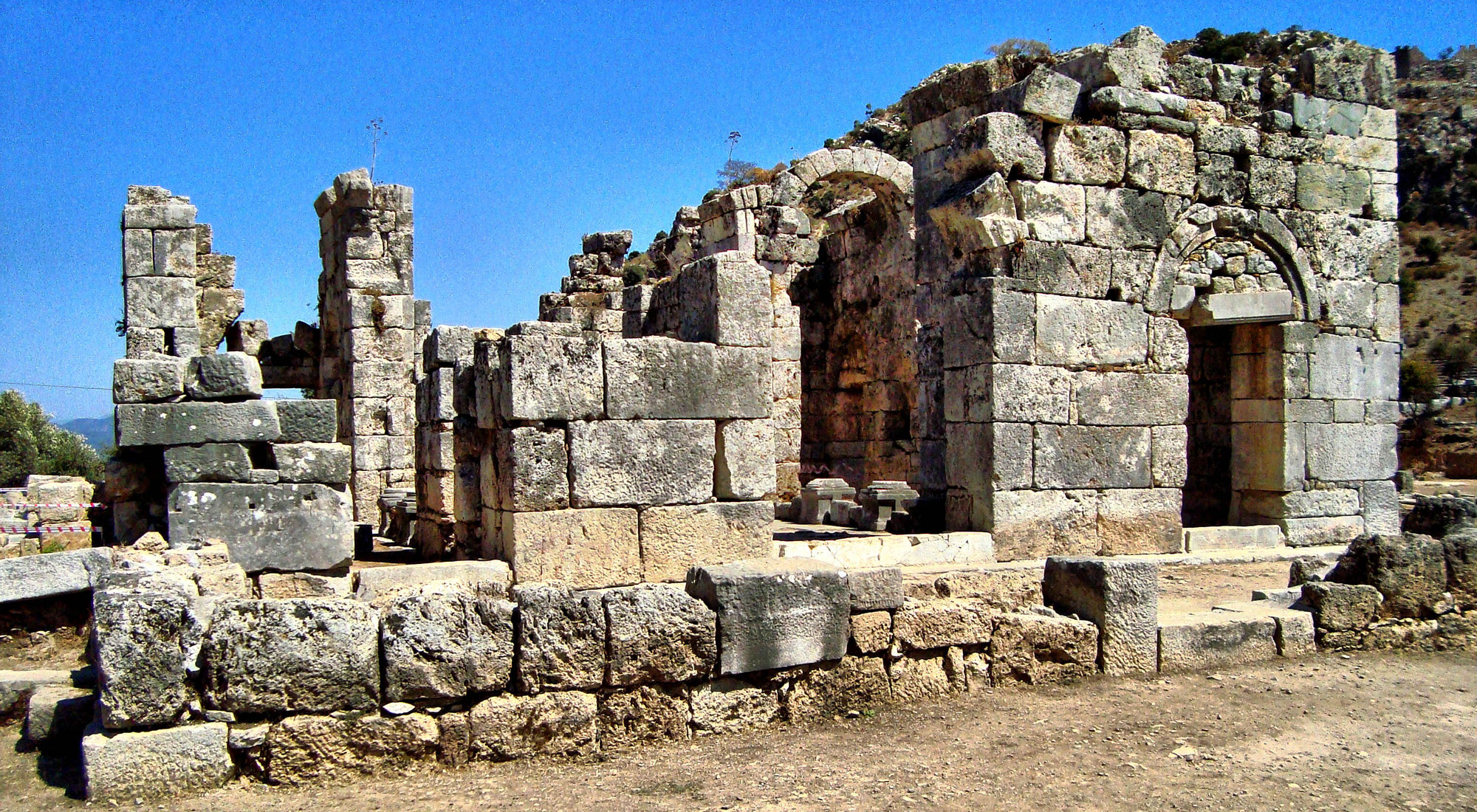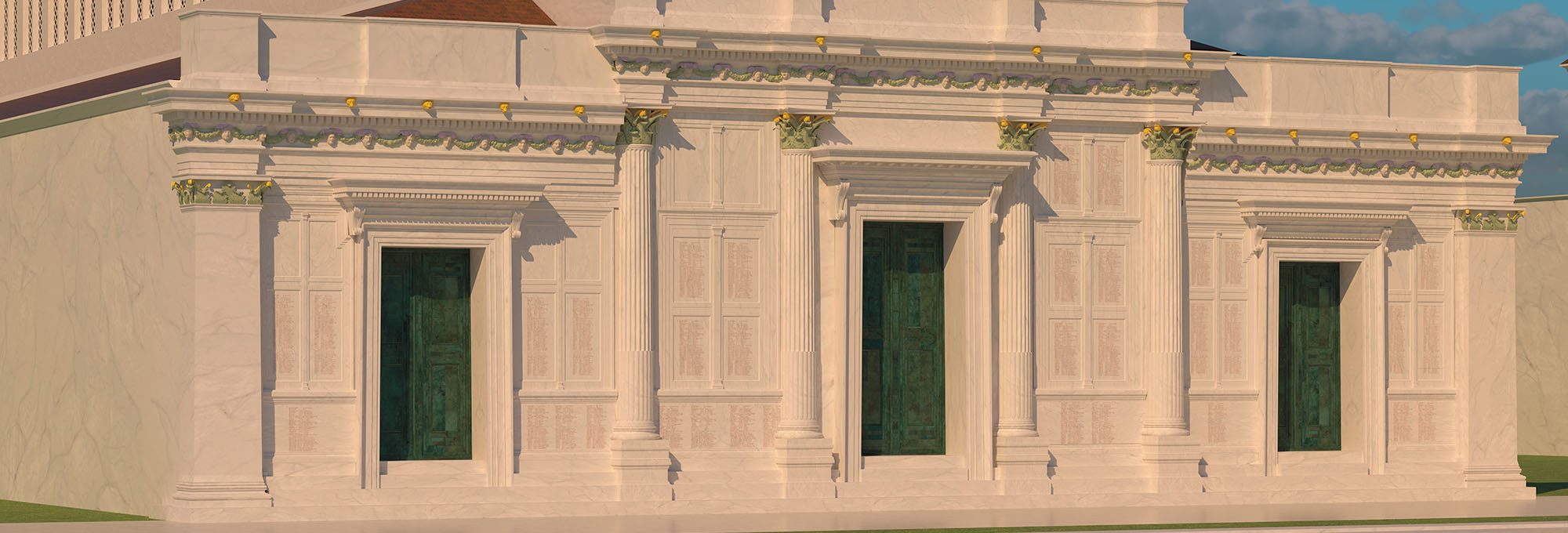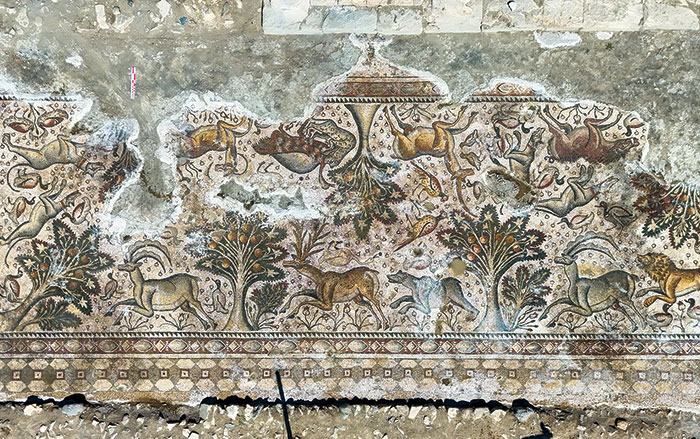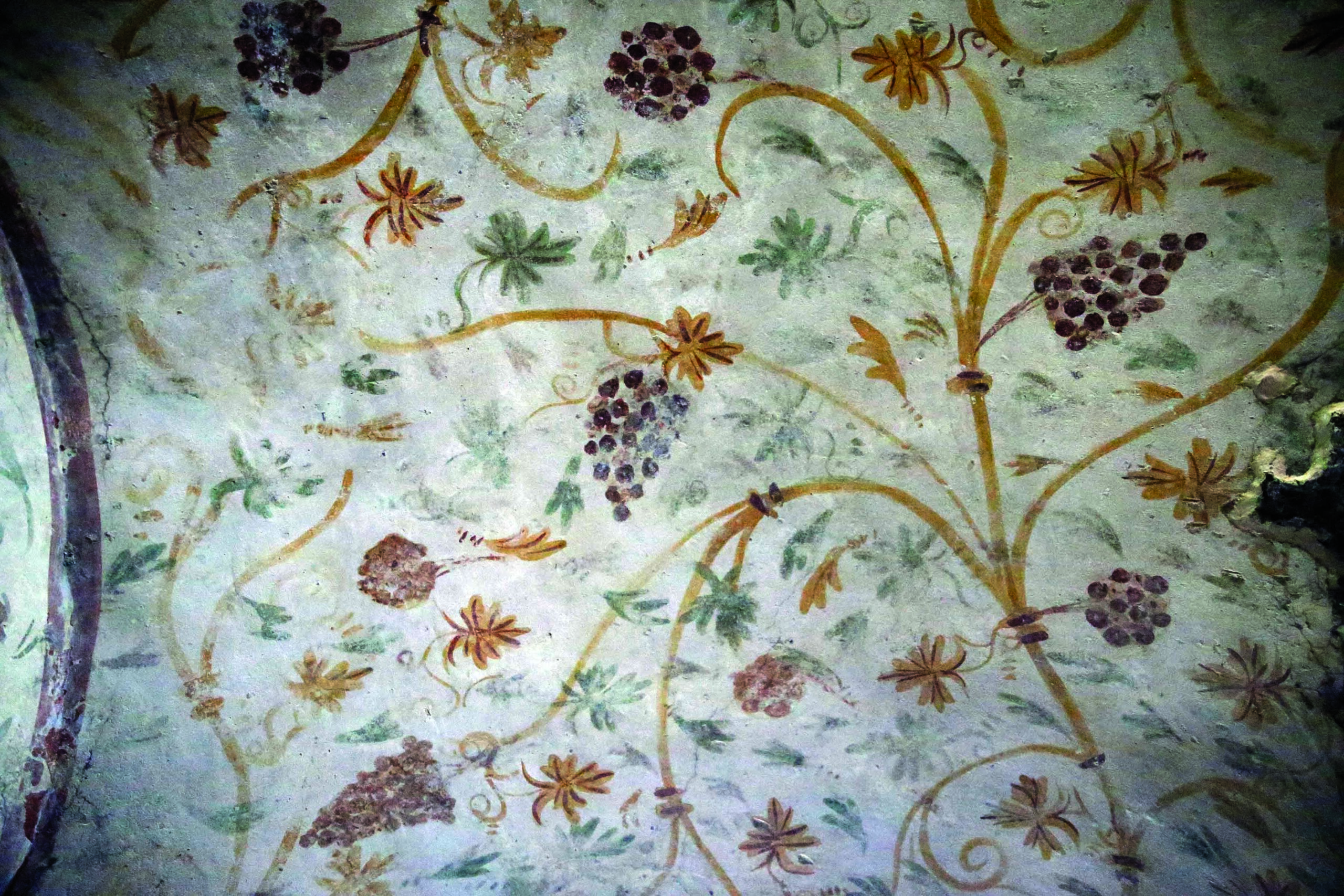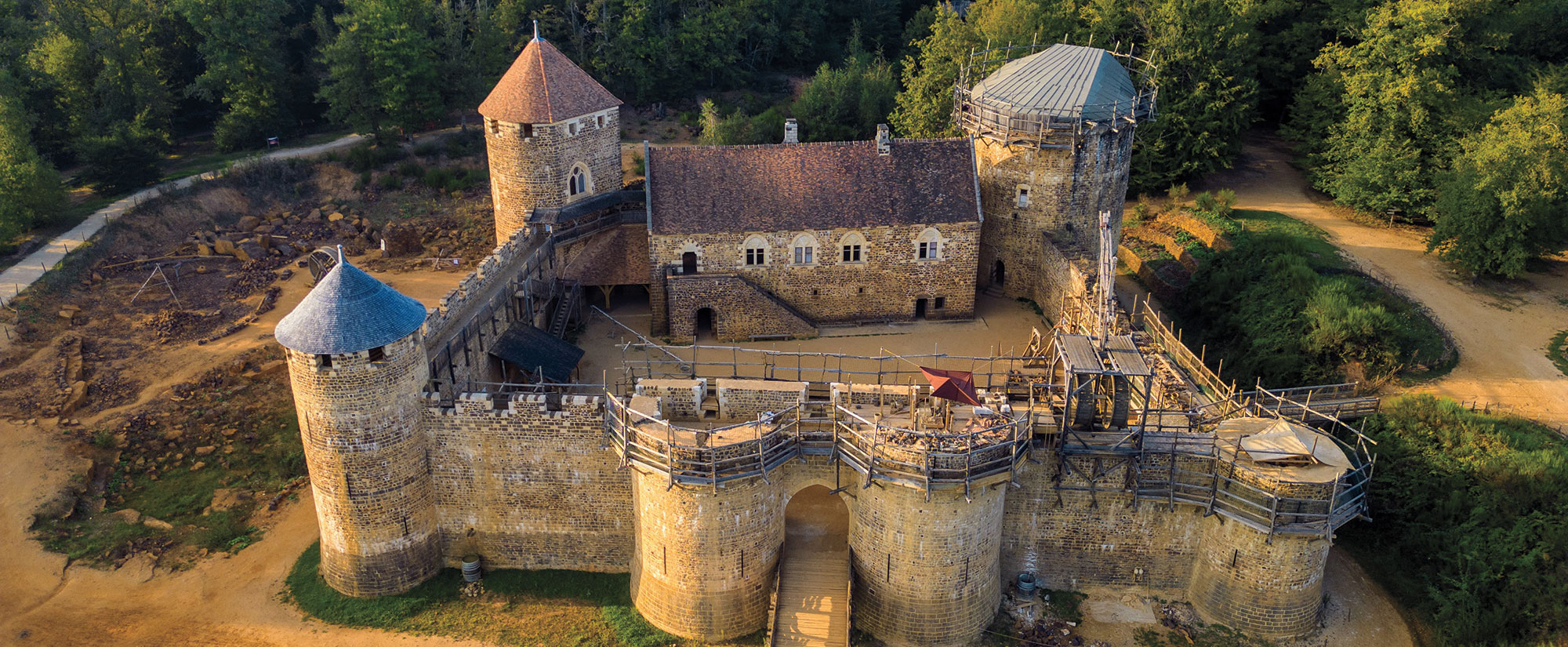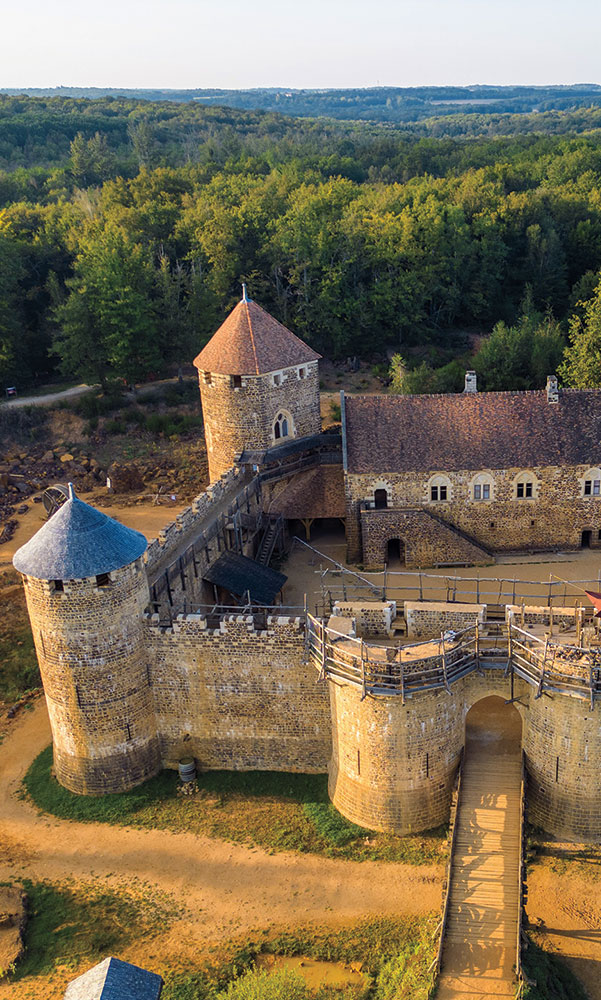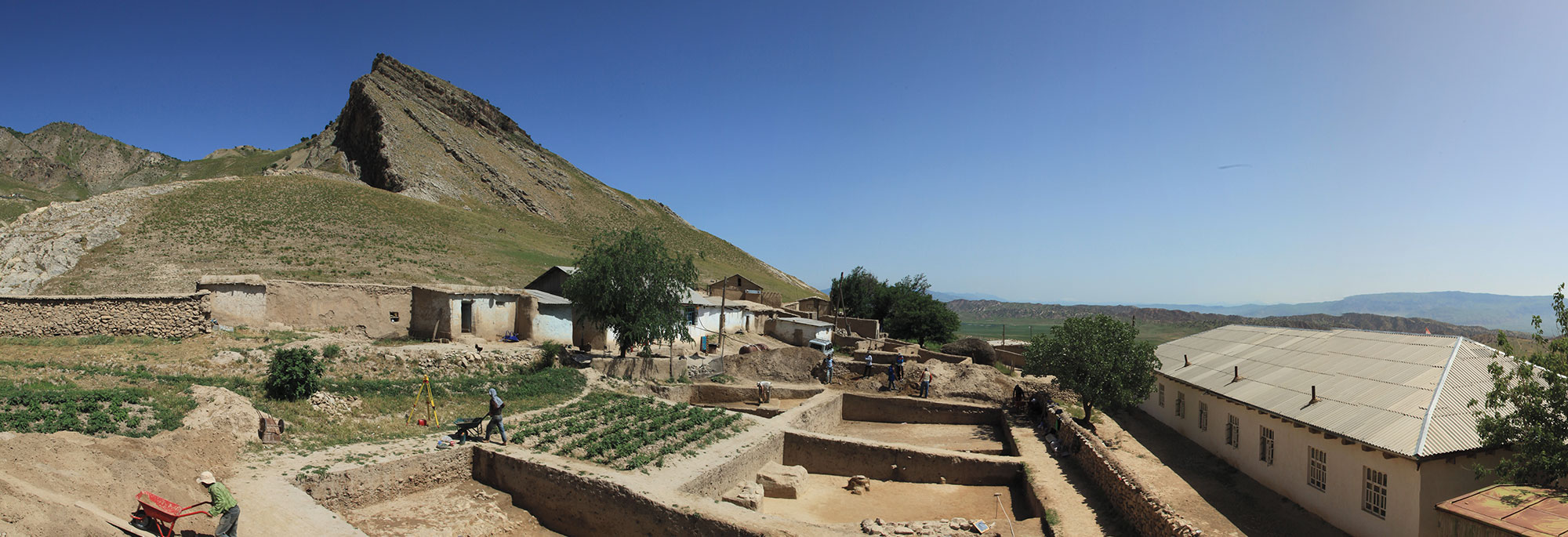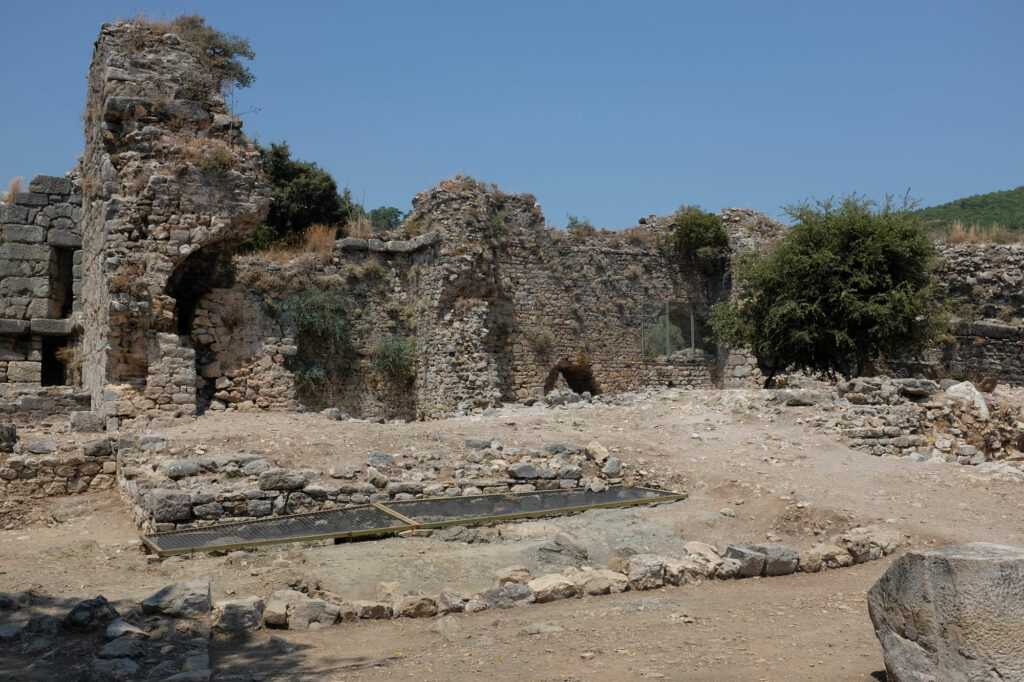
MUĞLA, TURKEY—Hürriyet Daily News reports that an investigation of an area near the harbor of the ancient city of Kaunos has yielded a Roman hospital structure featuring rooms arranged around a courtyard and a collection of medical instruments dated to the second and third centuries A.D. Ufuk Çörtük of Muğla Sıtkı Koçman University said that the Romans first established such hospitals to treat soldiers, but civilians were also eventually admitted. By the sixth century A.D., this hospital had been replaced with a walled monastery complex containing a well-preserved Christian church. The city of Kaunos was occupied into the fourteenth century, reflected by the discovery of a Turkish-period coin minted during the reign of the ruler Aydın Mehmed Bey, Çörtük concluded. To read more about Roman-era cities in western Turkey, go to "In the Anatolian Arena."


